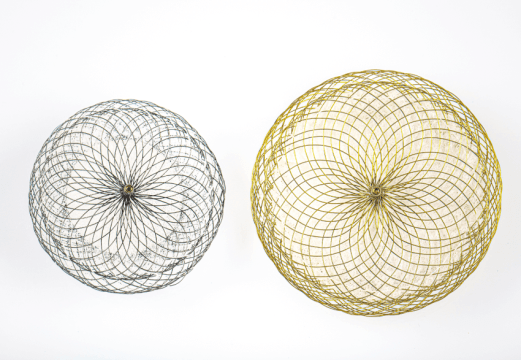Original title: Transcatheter Aortic Valve Implantation With the Edwards SAPIEN Versus the Medtronic CoreValve Revalving System Devices. A Multicenter Collaborative Study: The PRAGMATIC Plus Initiative (Pooled-RotterdAm-Milano-Toulouse In Collaboration). Reference: Alaide Chieffo et al. J Am Coll Cardiol 2013;61:830–6.
Since the introduction of percutaneous aortic valve replacement (TAVR), two devices have been widely used. For one side, the self-expanding nitinol valve and porcine pericardial CoreValve, (Medtronic Inc., Minneapolis, Minnesota), and on the other, the balloon-expandable valve cobalt-chromium porcine pericardial Edwards SAPIEN / SAPIEN XT, (Edwards Lifesciences, Irvine, California). The aim of this multicenter registry was to compare the results of both valves at 30 days and one year according to the criteria of the Valve Academic Research Consortium, (VARC).
The choice of the valve was at the discretion of the surgeon and only patients who received femoral access were analyzed. 793 patients were treated in total of which 453, (57.1%), received CoreValve and 340, (42.9%), Edwards. To adjust the baseline characteristics of the population we used the propensity-score and 204 patients remained in each group to be analyzed. No significant differences were observed at 30 days between the CoreValve and Edwards in overall mortality (8.8% vs. 6.4%, P = 0.352), cardiovascular mortality (6.9% vs. 6.4%, P = 0.842), spontaneous infarction (0.5% vs. 1.5%, P = 0.339), stroke (2.9% vs. 1%, P = 0.174), vascular complications (9.3% vs. 12.3%, P = 0.340) or major bleeding (13.7% vs. 8.8 %, P = 0.120).There were no differences in the degree of aortic insufficiency moderate to severe residual.
The only significant difference at 30 days was the greater need for a permanent pacemaker Valve Core (22.5% vs. 5.9%, P <0.001). After one year global mortality was similar between the two valves (CoreValve 16.2% vs Edwards 12.3%, P = 0.266).
Conclusion:
There was no difference between the valves CoreValve and Edwards at 30 days or after one year with the exception of an increased need for a permanent pacemaker with the Core Valve.
Editorial Comment:
Although the overall stroke rate was about 2.5% and did not differ between the two valves, the incidence was clearly higher when valve embolization occurred or there was a need for a second. Surely a delivery system that allows repositioning and recapture will improve the incidence of stroke in both. The moderate to severe aortic regurgitation in this series, as in the rest of the series, was associated with poor prognosis at one year. This is a point that both should improve. No doubt that a randomized study comparing both would give us definitive answers.
SOLACI.ORG





